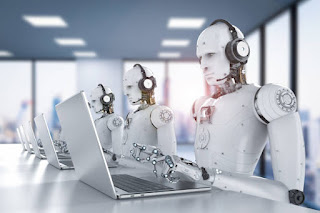AI and Advertising: How Machine Learning is Improving Targeting and Personalization
Machine Learning (ML) is a type of Artificial Intelligence (AI) that allows systems to learn and improve from data without being explicitly programmed. One of the most significant ways in which Machine Learning is impacting the modern world is through the ability to improve targeting and personalization. Targeting and personalization are the process of delivering specific content, offers, or ads to specific individuals or groups based on their preferences, behaviors, and demographics. Targeting and Personalization in Marketing One of the most significant applications of Machine Learning in targeting and personalization is in the field of marketing. By analyzing customer data, ML algorithms can identify patterns and trends in consumer behavior, allowing companies to target specific groups of customers with personalized content, offers, and ads. For example, a company that uses ML to analyze customer data can identify customers who are more likely to purchase a particular product and tar



